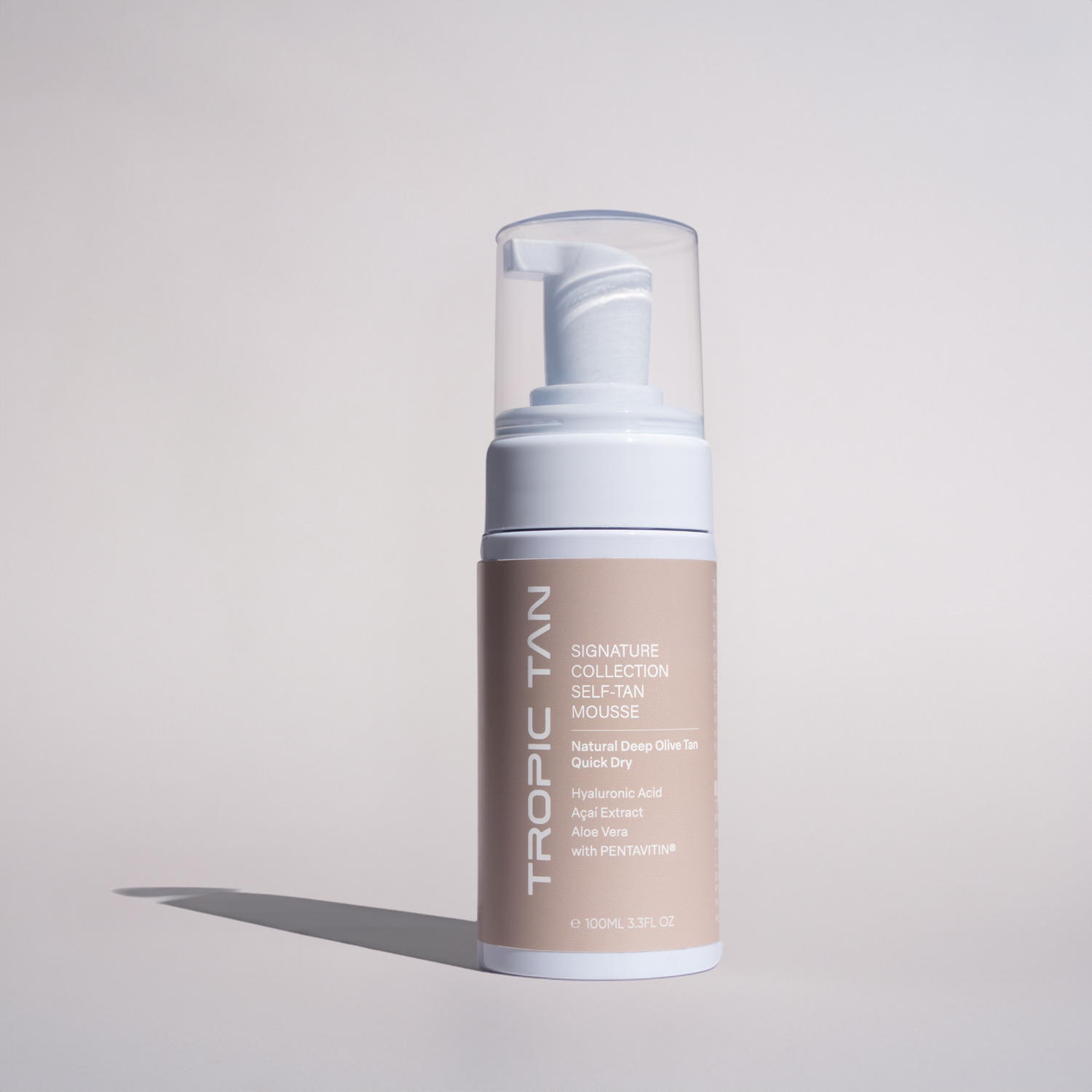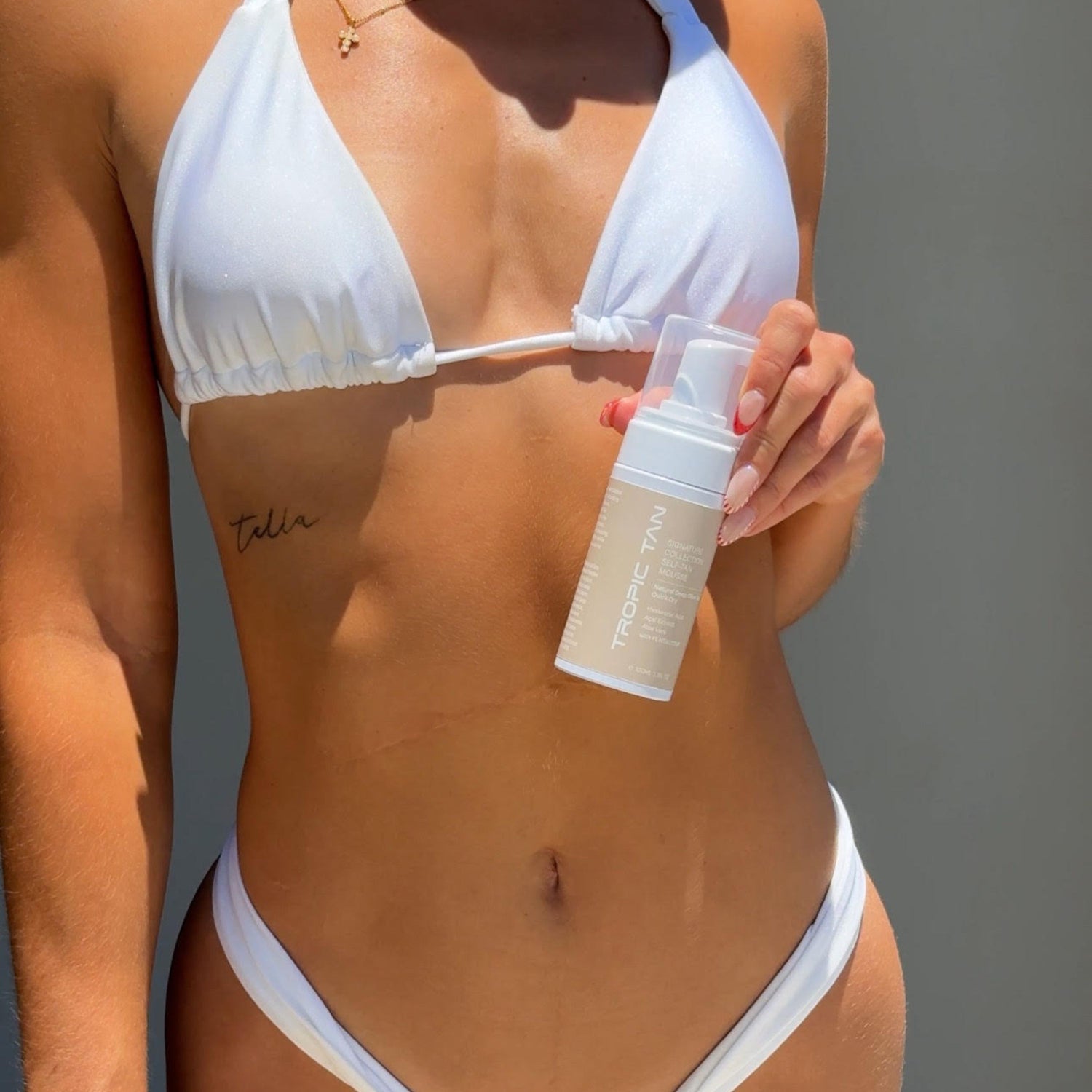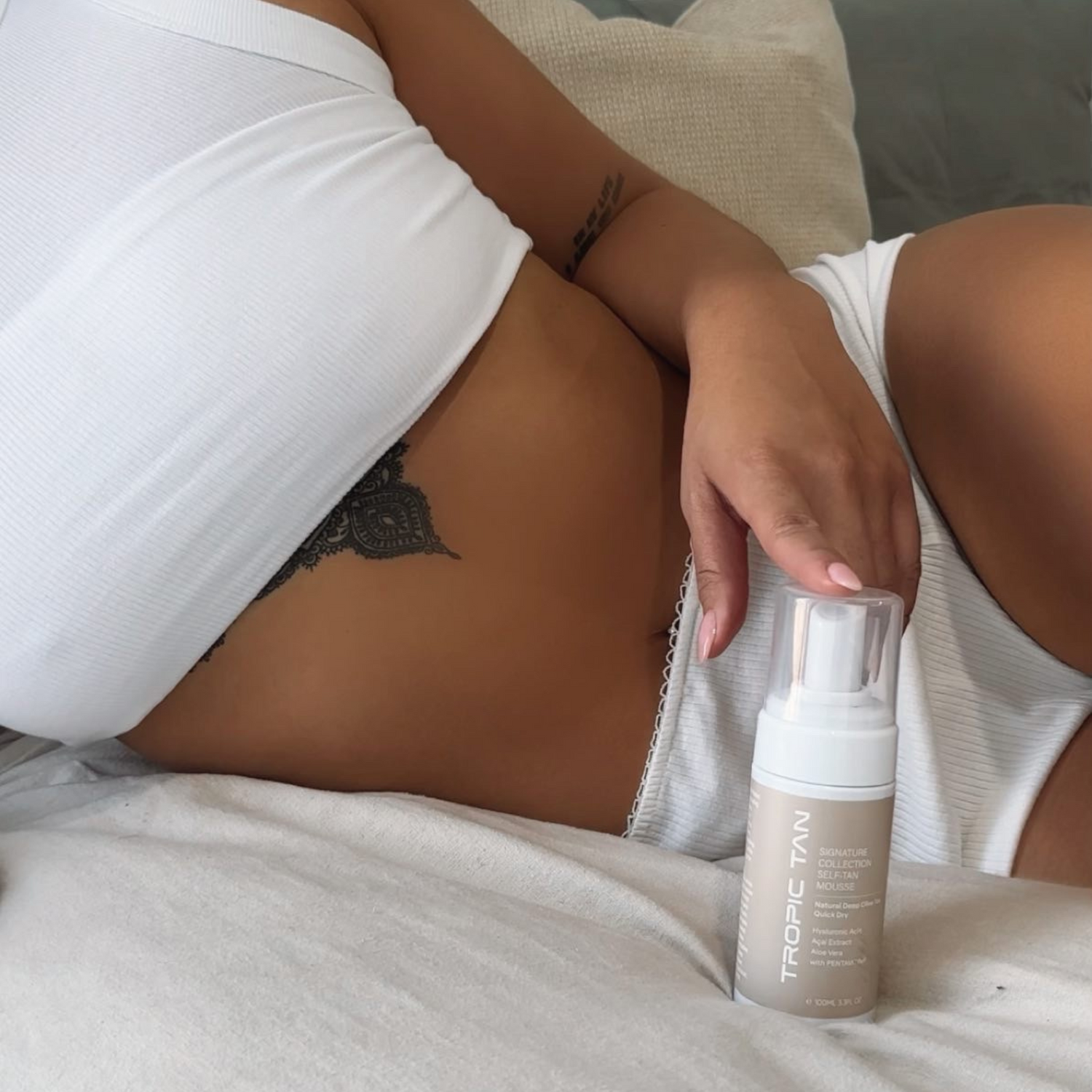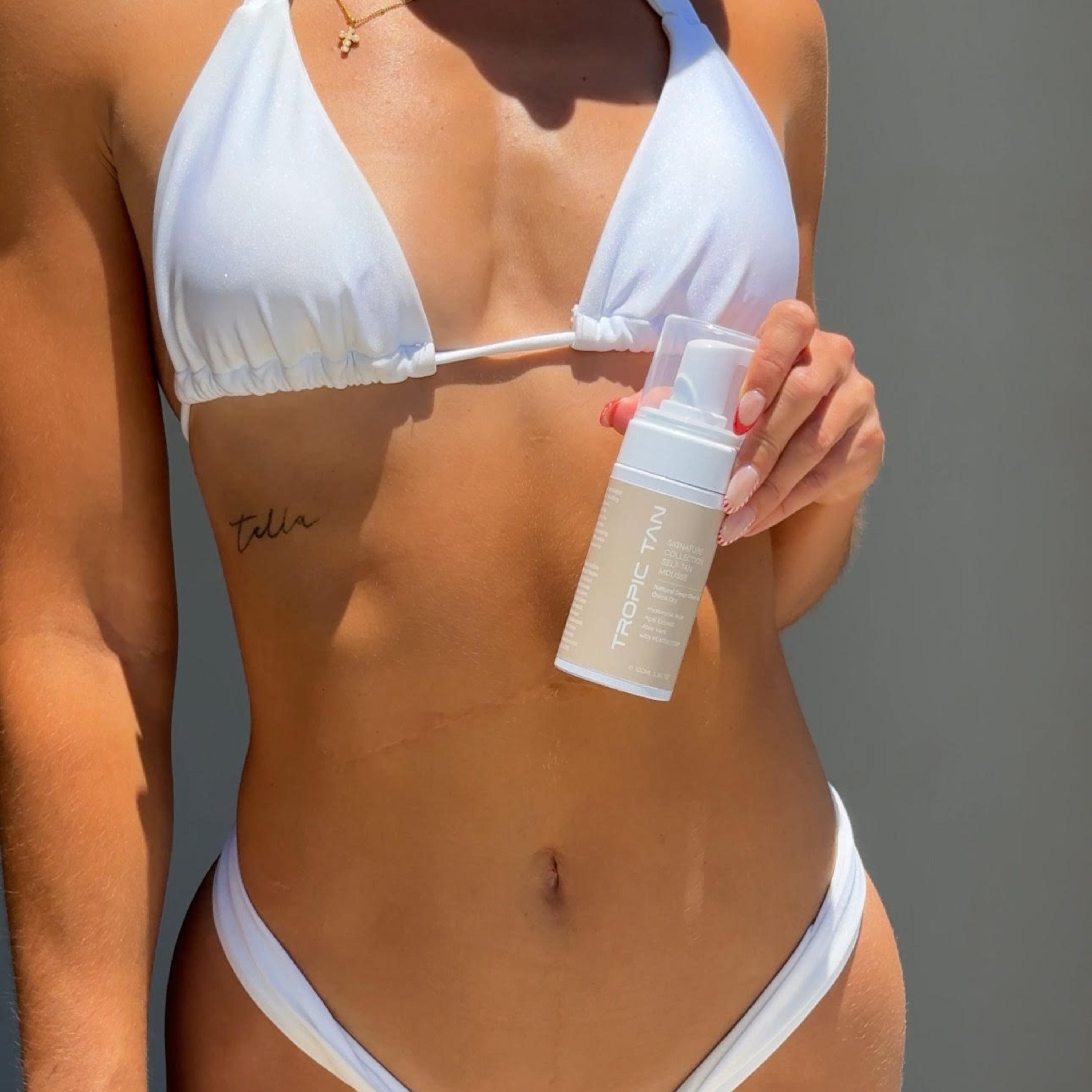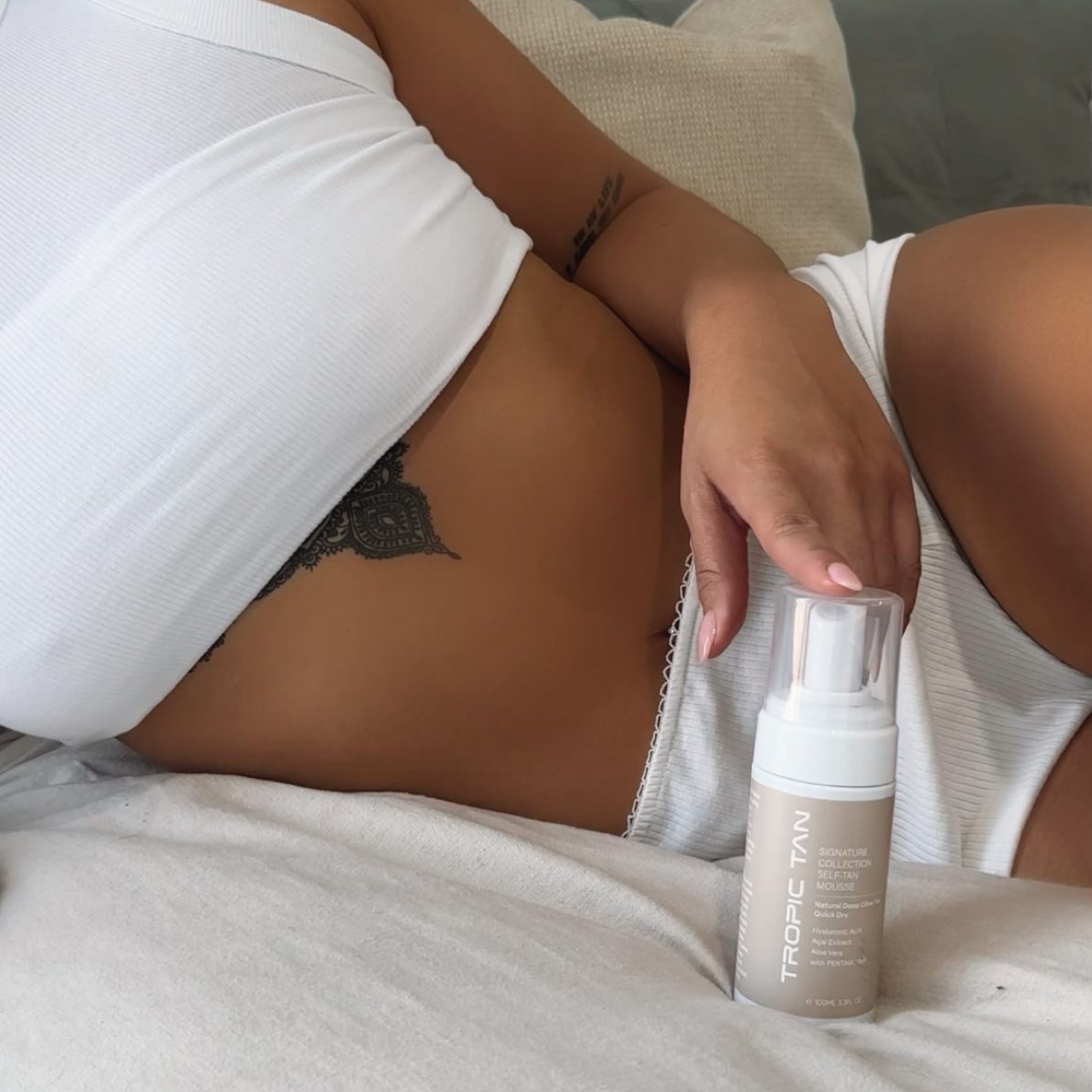Self-tanning may seem like a modern skincare miracle, but its roots run much deeper than a quick spritz of bronzing mist or swipe of self-tan mousse. To truly appreciate how far we've come, let's journey through the fascinating history of self-tanning—from ancient sun worship to today's innovative, skincare-infused self-tan products.

The Age of the Sun-Kissed Glow In ancient times, particularly in civilizations like Egypt and Greece, the sun held powerful symbolism. To the Egyptians, a sun-kissed complexion was a sign of divinity, health, and power. Royalty such as Cleopatra famously bathed in oils and pigments to create a golden glow that symbolized both status and beauty. Similarly, Greek athletes would rub themselves with oils to enhance their complexion and highlight their physique, aligning themselves with the gods of strength and beauty. However, the rise of pale skin as the ultimate status symbol emerged in Europe, particularly during the Middle Ages and into the Renaissance. A porcelain complexion indicated wealth and nobility, showing that one did not need to toil under the sun. To maintain this look, people would go to extreme lengths, using powders and dangerous ingredients like lead to lighten their skin.

The Rise of the Tan: 20th Century Sun Worshippers Everything changed in the 1920s when none other than style icon Coco Chanel inadvertently set a new trend. After returning from a Mediterranean cruise with a bronzed tan, she inadvertently made a glowing, sun-kissed look the pinnacle of fashion. Suddenly, tanned skin represented luxury, leisure, and exotic getaways. By the 1950s, the rise of beach culture and Hollywood glamour solidified the tan as the ultimate status symbol. Stars like Brigitte Bardot popularized the bronzed beach babe look, and people flocked to beaches or laid out in their backyards to bake in the sun, soaking up UV rays. But by the 1960s, the darker side of this tanning trend became apparent. Studies linked excessive sun exposure to skin damage and the rising incidence of skin cancer, particularly melanoma. People wanted to achieve a healthy glow without the health risks. Enter self-tanning.

The First Self-Tanning Products: A Rocky Start The first-ever self-tanner, introduced in the 1960s, was Coppertone's “Quick Tanning Lotion.” It relied on a sugar compound called dihydroxyacetone (DHA), a chemical still widely used in today’s self-tanning products. DHA reacts with the amino acids on the skin's surface to create a browning effect, mimicking the look of a sun tan. But these early self-tanners were far from perfect. They often left skin looking streaky, orange, and unnatural. The smell was off-putting, and it wasn’t uncommon for early adopters to be left with a patchy, carrot-colored tan. Despite the initial challenges, the demand for a sunless tanning solution kept growing, and the industry responded by refining formulas.

The 1990s and 2000s: Self-Tanning Revolution By the 1990s, self-tanning products had undergone a significant makeover. Formulations improved, creating more natural-looking results and reducing the "orange" effect that had plagued earlier products. Lotion-based self-tanners, as well as sprays and mousses, began flooding the market. Brands also started adding moisturizers, antioxidants, and other skin-nourishing ingredients to enhance the user experience. Around the same time, professional spray tanning became popular. By the 2000s, you could walk into a salon and walk out minutes later with a flawless tan applied by an expert, removing the guesswork and reducing streaks. Celebrities like Jennifer Lopez, whose glowing skin became iconic, fueled the popularity of self-tanning and spray tans, making it part of a beauty routine for many.

Today’s Self-Tanning: Skincare Meets Sunless Glow Today, self-tanning is more sophisticated and skin-conscious than ever. The desire for an even, natural-looking tan has merged with the demand for skincare benefits. Products like Tropic Tan's Self Tan Mousse combine active skincare ingredients such as Hyaluronic Acid for deep hydration, Aloe Vera to soothe the skin, and the powerful PENTAVITIN® for long-lasting moisture and barrier support. These innovative formulations provide not only a flawless bronzed glow but also nourish and improve the skin's overall health with each application. No longer just about appearance, self-tanning products now prioritize skin health, offering antioxidants, hydration, and even collagen-boosting ingredients like Coffee Seed Extract. The modern self-tanner has evolved into a hybrid product—part skincare, part sunless tanning—with formulas designed to mimic the perfect, sun-kissed glow while treating the skin with care.
The Future of Self-Tanning As technology advances, we can expect even more innovations in the world of self-tanning. With increased customization, better application tools, and more eco-friendly formulations, self-tanning is here to stay. The focus on clean beauty and skin wellness will continue to push the industry toward more natural and sustainable solutions. From the early days of sun worship and lead powders to the sophisticated, skincare-infused formulas we see today, self-tanning has come a long way.
Now, you can achieve that bronzed, radiant look without compromising your skin’s health—whether you're lounging at home or jetting off to a tropical escape. So, whether you’re an OG self-tanner or just dipping your toes into the glow game, remember that your skin deserves the best—after all, a perfect tan should be as good for your skin as it looks!


